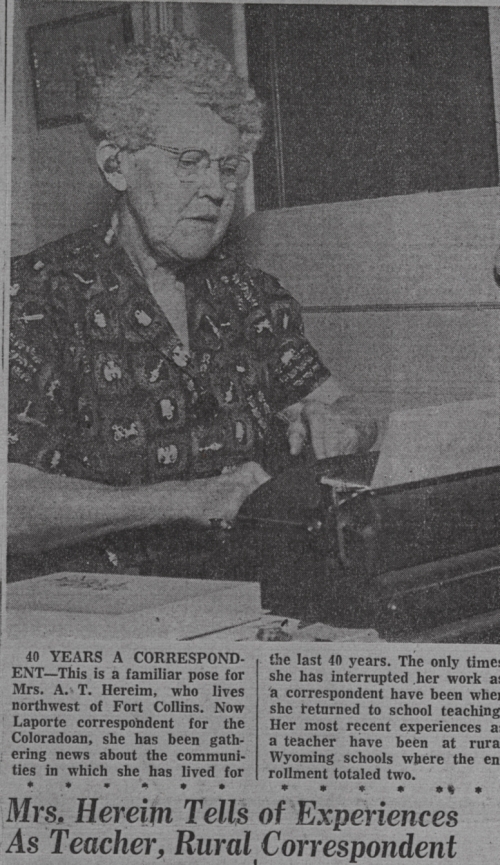by Toby J. Swaford, K-12 Education Coordinator
It’s one of the most commonly asked questions at the Museum. Even longtime residents are sometimes hard-pressed to come up with an answer to what should be a simple question. After all, the town is called Fort Collins; so again, where’s the fort?
To answer that question, we’ll need to look at a little history. Fort Collins had its beginnings in an order signed by President Abraham Lincoln in 1863, to establish a military camp with the purpose of protecting travelers on the Overland Trail. That order eventually fell to Lieutenant-Colonial William O. Collins, commanding officer of the Eleventh Ohio regiment attached to Fort Laramie, Wyoming. Collins assigned a group of his men with the task. Under the leadership of Captain William Evans, they soon found themselves in Colorado Territory, taking over a camp that had first been established by Company B of the 9th Kansas Volunteer Cavalry, and then manned by a group of soldiers from Denver.
The camp was located near the Cache la Poudre River and the stage coach line based in LaPorte. Dubbed Camp Collins, in honor of Lieutenant-Colonial Collins, the facility consisted of a few temporary buildings and sleeping quarters. The soldiers would remain at this location until June of 1864, when warm rains melted off the heavy snow that had accumulated in the mountains the previous winter. According to the journal entry of a soldier stationed at the camp, the Cache la Poudre River became a twenty-foot high wall of water, which washed away almost everything in its path.
A new order was issued to reestablish the base as a fort. Lieutenant James W. Hanna worked with local businessman, Joseph Mason to secure a new location for the fort. They decided on the property just north of Mason’s supply station, Old Grout, so called due to the large amounts of grout that seeped from between the logs of which it was mainly constructed. Old Grout stood on what is now the south-west corner of Jefferson and Linden Street, a block north of Old Town Square.
The main body of the fort was located along Linden Street, between Jefferson and the Cache la Poudre River. The fort consisted of a series of buildings, loosely connected around a central square, or parade ground, roughly three hundred feet on each side. Some of the buildings included barracks for the soldiers, quarters for the officers, mess halls, and a hospital. The medical facility was run by Doctor Timothy Smith, who encouraged Louis and Elizabeth Stone to move from Denver to the fledgling fort, to serve as host and cook for the camp’s officers. The Stone’s cabin was built by another civilian attached to the fort, Henry Clay Peterson, who also served as the fort’s gunsmith.
If the names Mason, Smith, and Peterson sound familiar; they should, as these men have been remembered with street’s named in their honor. Sadly, none of the businesses or structures that they ran remain today. Nor do any of the other buildings that made up the fort, save one – the Auntie Stone Cabin, which now resides in the Heritage Courtyard located at the Fort Collins Museum & Discovery Science Center.
So, what became of the fort? Only existing as such for three years, 1864 to 1867, the fort was decommissioned and many of the soldiers returned to their homes and families in Ohio. The structures that made up the fort were looked to by the people that lived near the property as a resource. Lumber was hard to come by on the plains, and had to be brought down from the neighboring mountains. So, the fort’s buildings were dismantled; the wood being used to construct new businesses and dwellings.
From the remains of a small, frontier fort, located near the Cache la Poudre River, a successful town has grown. Today, the property once occupied by the men of the Eleventh Ohio Division serves as the home to local businesses including the El Burrito Restaurant, which some historians believe occupies the same spot as the bakery for the old fort.
For a great collection of historic photos of Jefferson Street and other Old Town Fort Collins locations, check out the Local History Archive website’s online exhibit “Fort Collins Then and Now.”


 This week’s story from the
This week’s story from the 



You must be logged in to post a comment.